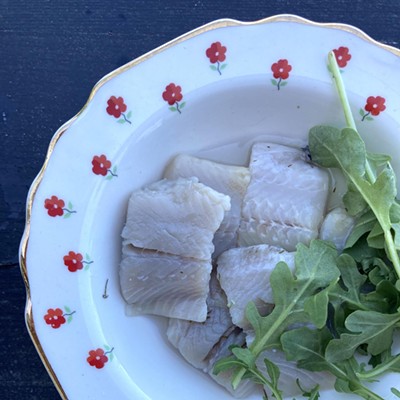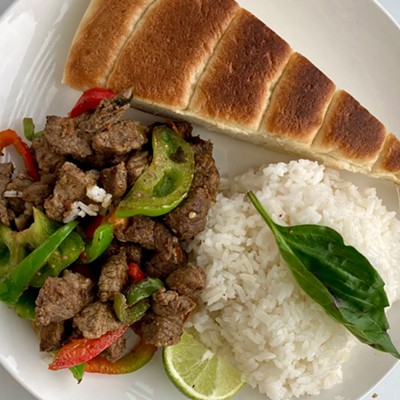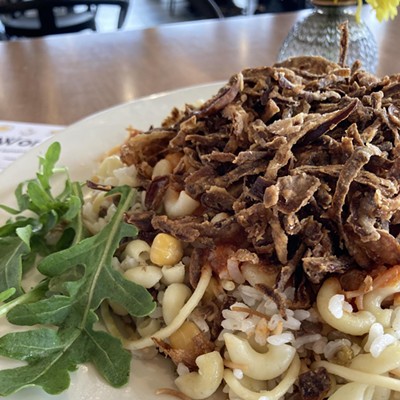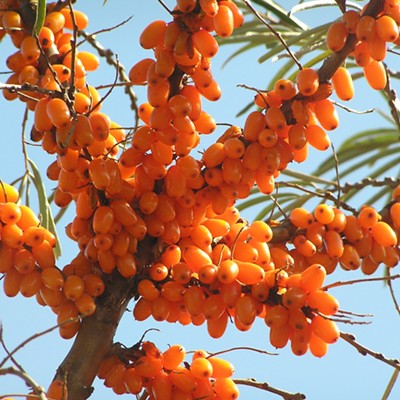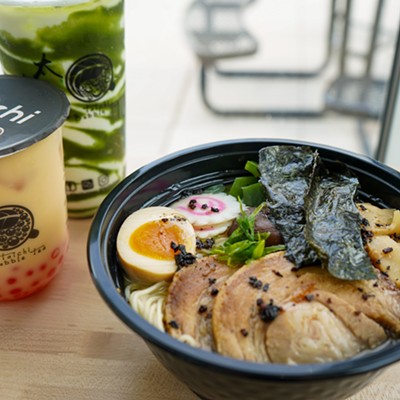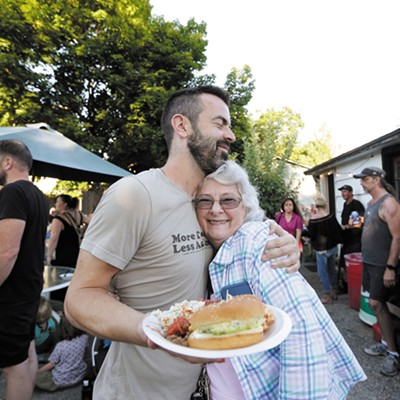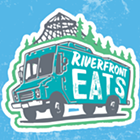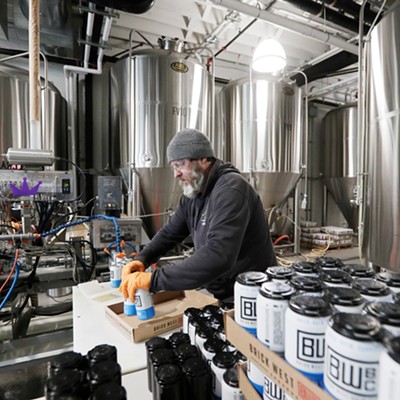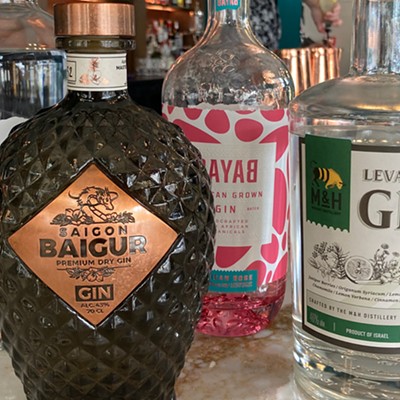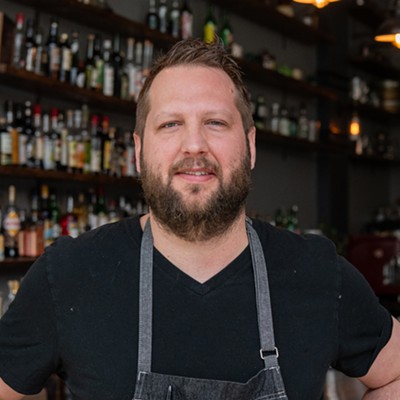Around the World in 80 Plates: Ramen from Tokyo, Japan
[
{
"name": "Broadstreet - Instory",
"component": "25846487",
"insertPoint": "4",
"requiredCountToDisplay": "4"
},{
"name": "Broadstreet - Empower Local",
"component": "27852456",
"insertPoint": "8",
"requiredCountToDisplay": "8"
},{
"name": "Broadstreet - Instory",
"component": "25846487",
"insertPoint": "12",
"requiredCountToDisplay": "12"
},{
"name": "Broadstreet - Instory - 728x90 / 970x250",
"component": "27852677",
"insertPoint": "18",
"requiredCountToDisplay": "18"
},{
"name": "Broadstreet - Instory",
"component": "25846487",
"insertPoint": "5th",
"startingPoint": "23",
"requiredCountToDisplay": "24",
"maxInsertions": 100
}
]
This is an installment of the Inlander's yearlong project "Around the World in 80 Plates," a quest to find 80 foods and drinks in the Spokane area representing 80 different places. Read the introduction to the project here.
Count of dishes/places: 32
I got to the Spokane Buddhist Temple by noon, only an hour after it opened. The line was already wrapping around the block. A woman at the door told me people had been lined up since 10:20 that morning.
It wasn't particularly comfortable to wait outside — a moody spring meant clouds and a chilly mist that crept up your skin if you stood still for too long. Which is exactly what we were doing, since the line wasn't moving very fast. But pink dogwood blossoms kept us company as we stuffed our hands in our pockets and imagined our reward: hot, salty, slurpy ramen.
The South Hill temple practices Japanese Shin Buddhism and hosts various food fundraisers for the temple — a Mochi Fest at the New Year, and a Ramen Fest in both spring and summer. These foods are nearly synonymous with Japanese culture today, especially ramen, which provides endless inspiration for college students, elite chefs, anime cartoons and cutesy sticker packs.
Most of us know ramen as a noodle soup with wrinkly, long noodles in a salty broth. The noodles are made from wheat flour, which might seem strange for an Asian dish, plus baking soda, which makes them more slippery and chewy. The broth is a typical stock made from meat and/or vegetables. Traditionally, Tokyo-style ramen only uses chicken — although diners can easily find all styles in the metropolis — while tonkotsu ramen relies on pork and shoyu is a soy-based broth.
In the U.S., you can grab a pack of instant ramen noodles for a dollar or less at the grocery store and stick in the microwave for the cheapest, most sodium-packed meal around. If you're feeling fancy, you can doctor it up yourself with thinly sliced veggies, some meat, or a jammy egg.
But I wasn't waiting in the cold for a pack of instant ramen. The other enthusiasts and I were salivating over bowls of scratch-made ramen which is even more delicious and, I assumed, probably more authentically Japanese.
I might have been wrong. In his book The Untold History of Ramen: How Political Crisis in Japan Spawned a Global Food Craze, researcher George Solt traces the three most likely origin stories of ramen, which have more to do with Chinese immigrants, cheap labor and American exports than one might expect. Ramen did probably start off as a near-instant noodle dish made in Chinese soup shops and popular with workers in the early 1900s.
It didn't become a national icon until the 1990s, when it started popping up on artisanal menus, food blogs, TV shows and, eventually, TikTok trends. It's now featured in high-end restaurants and considered a national dish for Japan, which, if you read my last post, is usually more of a political statement than a culinary one.
I like the way Solt articulates the mysterious meaning of ramen in his introduction:
"Ramen means different things even to the same people. It can be a marker of cultural loss (wheat) and preservation (noodles over bread), labor (lunch for construction workers) and leisure (late-night carbohydrates after drinking), derivativeness (Chinese influence) and inventiveness (Japanese curry ramen), speed (instant noodles) and slowness (artisanal soup)."
Not that I was thinking about any of this as I neared the front of the line. After 45 minutes of waiting, I finally reached the counter and asked for a bowl of tofu ramen. The temple was backed up on orders for tofu, the lovely counter woman told me, but hopefully it would be out soon.
Thirty more minutes went by. Still no tofu. The attendant announced to the line that only about 50 more bowls of ramen were left, even though there were at least double that number of people behind me. I counted my blessings and took a chicken ramen instead, relieved that I got something hot to take home, but slightly guilty that I took it away from someone else.
Why were we all there? Sure, noodles and broth are good, but was this really good enough to wait over an hour in the spring rain for? Instead of savoring the moment, I inhaled the juicy chicken and noodles as soon as I could. Why so much urgency wrapped up in a single dish?
Solt noted a similar experience, even though he can't explain it either.
"There is something excessive about ramen," he writes. "The salt, the lard, the lines of people waiting...Every type of food has its fans, but the exaltation of ramen in Japanese culture in the past three decades is difficult to overstate."
Consider me an exalter. And a word to the wise: if you're headed to Spokane Buddhist Temple's Ramen Fest this fall, get there early. I'll race you to the front. ♦
Have an idea for what I should eat next? Wanna make me a traditional dish from your hometown? Send 80 Plates tips and ideas to [email protected].





